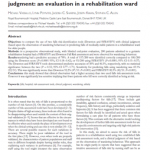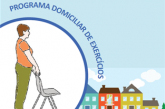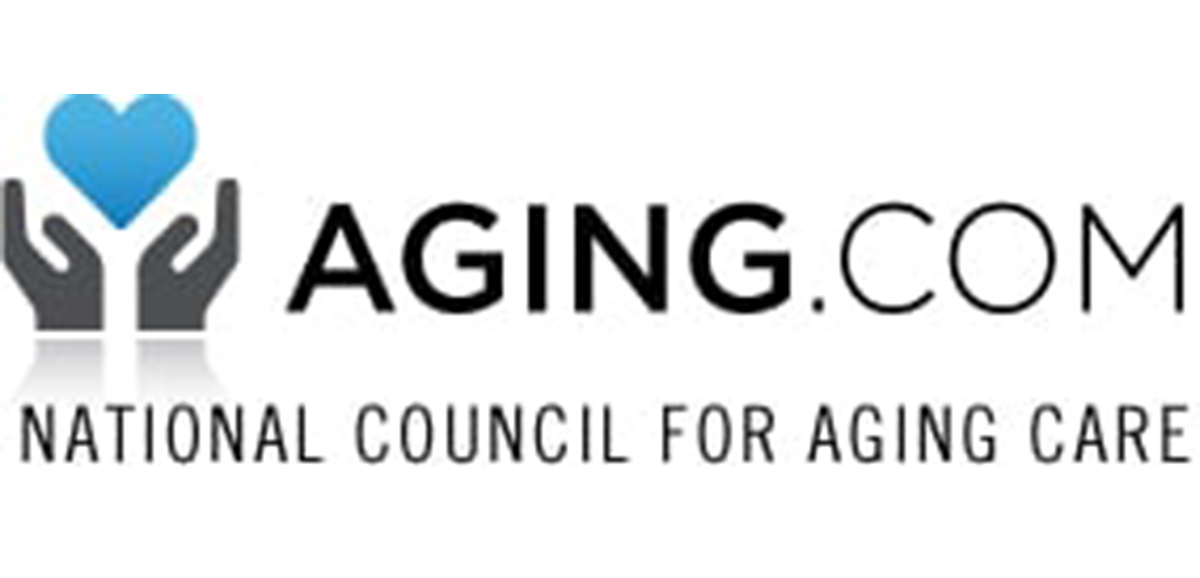Objectives: to compare the use of two falls risk-identification tools (Downton and STRATIFY) with clinical judgment (based upon the observation of wandering behaviour) in predicting falls of medically stable patients in a rehabilitation ward for older people.
Methods: in a prospective observational study, with blinded end-point evaluation, 200 patients admitted to a geriatric rehabilitation hospital had a STRATIFY and Downton Fall Risk assessment and were observed for wandering behaviour.
Results: wandering had a predictive accuracy of 78%. A total of 157/200 were identified correctly compared to 100/200 using the Downton score (P < 0.0001 95%, CI 0.18–0.42), or 93/200 using STRATIFY (P < 0.0001; 95% CI 0.15–0.37). The Downton and STRATIFY tools demonstrated predictive accuracies of 50% and 46.5%, respectively, with no statistical significance between the two (P = 0.55; 95% CI 0.77–1.71). Sensitivity for predicting falls using wandering was 43.1% (22/51). This was significantly worse than Downton 92.2% (47/51: P < 0.001) and STRATIFY 82.3% (42/51: P < 0.001).
Conclusions: this study showed that clinical observation had a higher accuracy than two used falls risk-assessment tools. However it was significantly less sensitive implying that fewer patients who fell were correctly identified as being at risk.
Available at: Vassallo et al. (2008) Age and Ageing



